What Science, Self-Image, and Cameron Diaz Teach Us About Aging
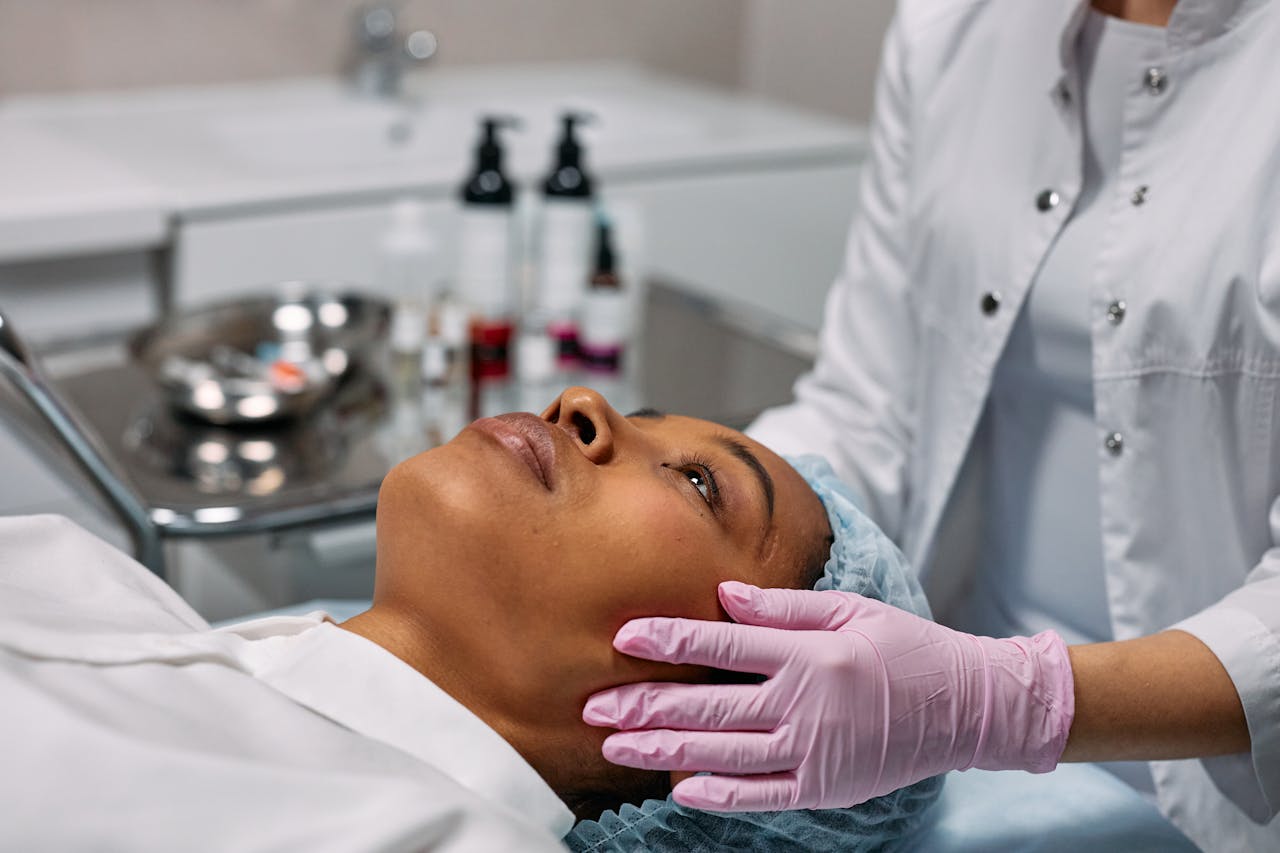
A wrinkle on the forehead. Lines at the corners of the eyes. For some, they are flaws to erase. For others, they are proof of laughter, sorrow, resilience, and years survived.
Cameron Diaz once tried Botox, the cosmetic shortcut to smoother skin, only to realize her own reflection looked like someone else. In choosing to step away, she exposed a deeper question many of us carry silently: What does it really mean to age well? Is it about freezing time with science, or learning to embrace the stories written on our skin?
Behind every choice lies more than beauty. It is a conversation about identity, about health, about how much of ourselves we are willing to trade to look like we never changed at all.
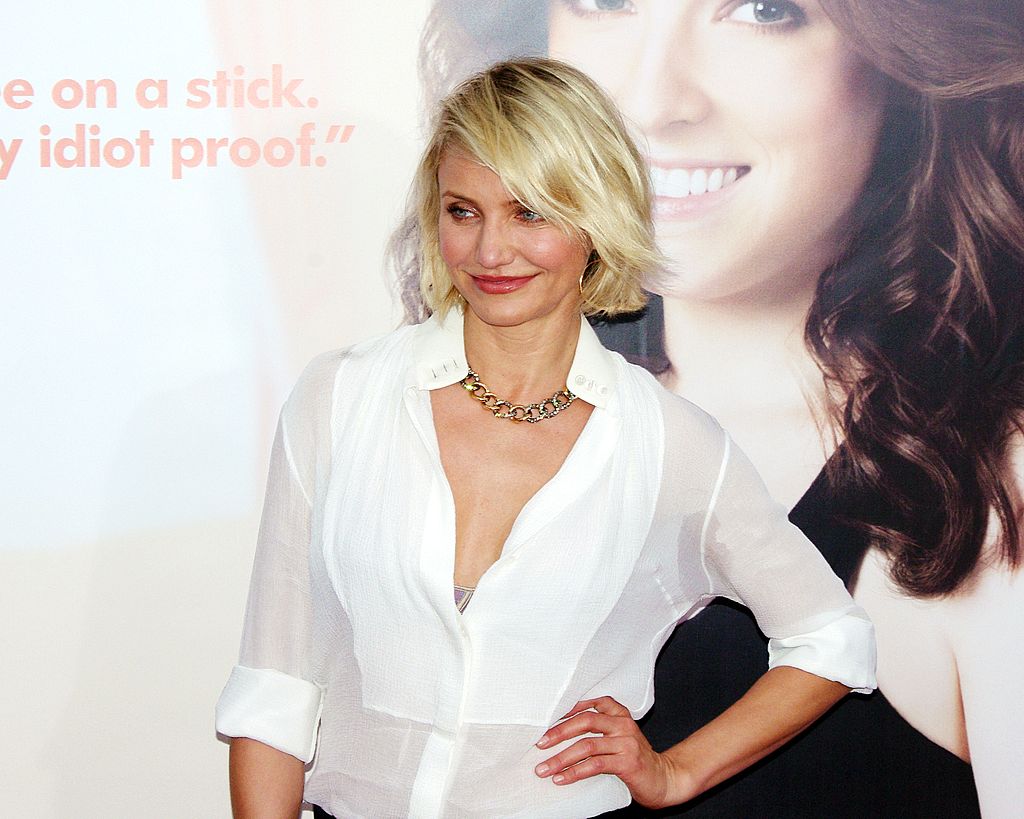
Choosing a Face That Feels Like Home
Aging confronts us with choices. Do we smooth away the signs of time, or do we let them tell their story? Cameron Diaz faced that very decision, and her answer came with surprising clarity. In 2014 she recalled her brief experiment with Botox: “I’ve tried [Botox] before, where it was like [a] little tiny touch of something. It changed my face in such a weird way that I was like, ‘No, I don’t want to [be] like [that].’ I’d rather see my face aging than a face that doesn’t belong to me at all.”
Her response was not rooted in criticism of others but in a desire for authenticity. Two years later she made it clear to Entertainment Tonight, “I have absolutely no judgment” toward those who embrace the procedure. For her, the lines carried a different meaning. “I love lines, I don’t mind. It’s like, ‘Guess what this means, I’ve smiled my whole life.’ I love life. I’m happy I don’t have a problem with that.”
That mindset grew into something larger than a personal stance on beauty. With the release of The Longevity Book in 2016, she invited people to rethink what aging really represents. In her own words, “I think that we have to look at aging as a privilege and something we should celebrate.”
The Science Behind Stillness
Behind every expression we make, from a frown in frustration to the narrowing of our eyes in the sun, muscles are constantly at work. Over years, those repeated movements leave their trace in the form of lines. Botox, or Botulinum toxin type A, steps into that process by pausing the conversation between nerves and muscles. When the signals are interrupted, the muscles relax, and the skin above them softens.
This effect has been documented in countless studies. Clinical trials have shown that when administered correctly, Botox reduces the depth of wrinkles more effectively than placebo injections, particularly in areas where expression is frequent such as the forehead, the crow’s feet near the eyes, and the frown lines between the brows. The transformation is not immediate, but within days and weeks the change becomes visible, revealing a smoother surface without altering the person beneath it.
The results do not last forever. On average, the softened look remains for three to four months before the muscles regain their activity. For those who want to sustain the appearance, repeated sessions become part of the rhythm of care. Dermatology guidelines describe this cycle as the expected course, emphasizing that the strongest and most predictable outcomes are seen in the upper face, where habitual muscle use leaves the deepest marks.
The reason Botox is so widely practiced is not only its ability to smooth but also its reliability. When performed by trained clinicians, its safety and effectiveness are well established, which explains why it has become one of the most common procedures in aesthetic medicine across the world. In many ways, it is science offering a temporary stillness, a pause in the story that time writes across our skin.
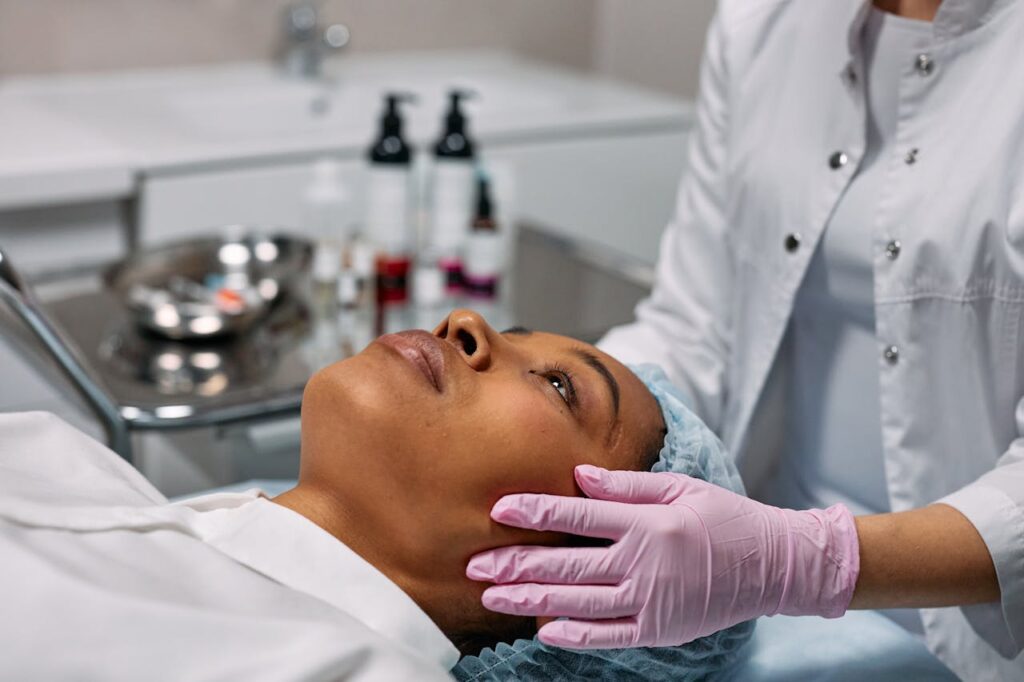
The Hidden Costs Beneath the Smooth Surface
Botox is widely seen as safe when used properly, yet even routine treatments can bring discomfort. Injection site pain, bruising, headaches, or a temporary droop of the brow or eyelid are common short-term effects that usually fade but can unsettle those who experience them.
More serious risks are rare but real. The FDA boxed warning highlights reports of toxin spread beyond the injection site, with symptoms such as weakness, double vision, swallowing or breathing difficulties appearing hours to weeks later.
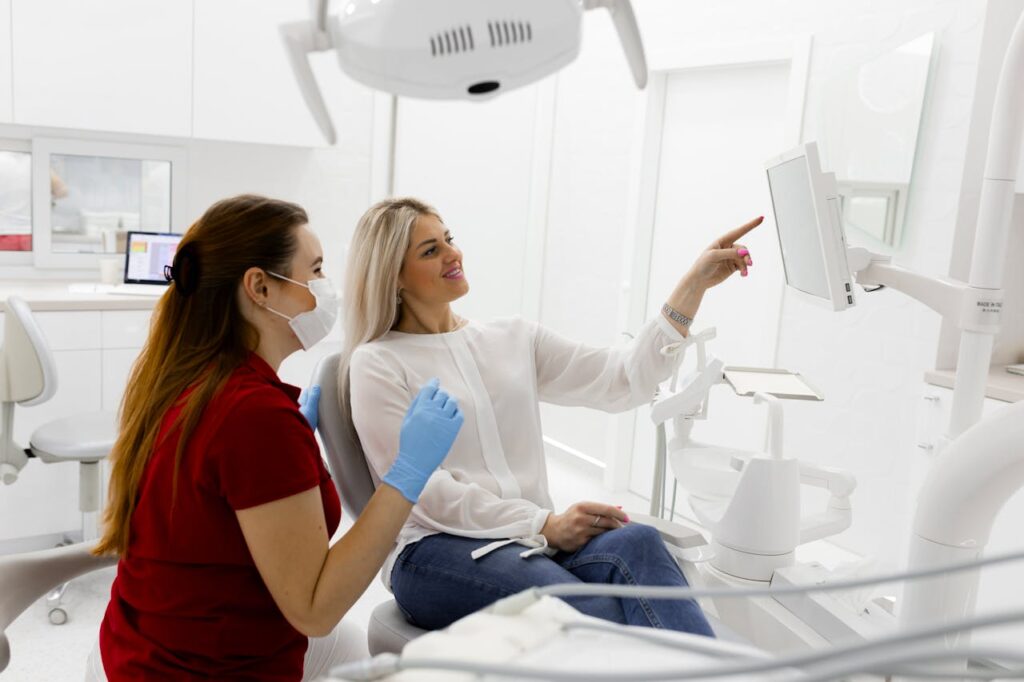
Site-specific risks also exist. Studies of masseter injections show temporary chewing weakness in about 30 percent of cases, with less common changes including smile limitations, facial asymmetry, or sunken cheeks. Technique and dosing make a difference in whether these outcomes occur.
Longer use raises further questions. Some patients develop antibodies that reduce effectiveness, a risk that grows with higher doses and frequent retreatment. Over time, repeated injections can weaken muscles, subtly shifting expressions, though these effects often improve if treatment stops.
Beyond the medicine itself, misuse carries its own dangers. In 2024 the CDC reported hospitalizations from counterfeit or mishandled Botox given by unlicensed providers, underscoring why experts urge patients to seek only licensed professionals and FDA-approved products.
The Psychology of Aging and Self-Image
Aging is not only written on the skin. It is also written in the mind. How we choose to see ourselves as the years pass shapes more than confidence in a mirror, it shapes our health and our future. Studies from Yale University have shown that people who hold positive beliefs about aging live an average of seven and a half years longer than those with negative perceptions. The difference does not come from genetics or access to medicine alone but from mindset itself, which influences stress levels, health behaviors, and even resilience of the body.
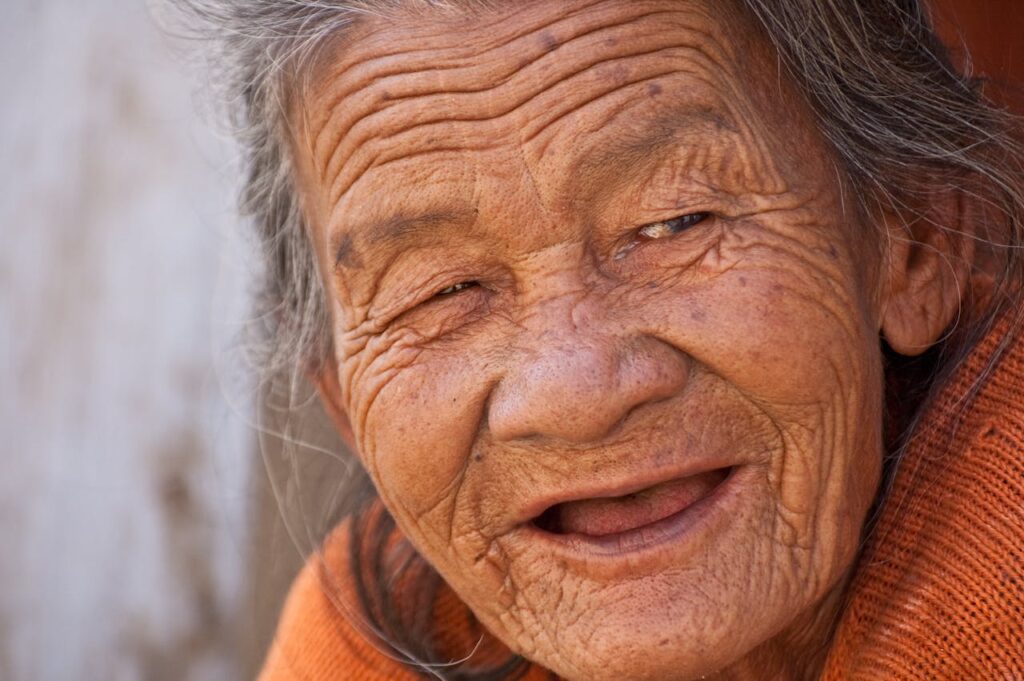
Psychologists note that when aging is framed as decline, people are more likely to withdraw, neglect their well-being, or turn to quick fixes that promise youth. By contrast, those who view it as growth tend to stay engaged, active, and mentally sharp. Self-image becomes a self-fulfilling prophecy. A wrinkle, then, is not simply a crease in the skin but a reflection of the meaning we attach to it.
In a culture where youth is marketed as power, it takes courage to see aging as privilege. Yet that courage may be one of the most powerful tools we have, because the story we tell ourselves about growing older may decide whether we merely extend years or expand the life within them.
Alternatives and Everyday Choices for Healthy Aging
Not everyone will turn to injections, and the good news is that science offers other paths that support both health and appearance. Many of these are simple daily practices rather than dramatic interventions.
Nutrition is one of the strongest foundations. Diets rich in fruits, vegetables, omega-3 fatty acids, and lean proteins provide antioxidants that protect skin cells from damage. Hydration also plays a role, since skin that is well-nourished from within often retains elasticity longer.
Movement is another pillar. Regular exercise not only strengthens the heart and muscles but also increases circulation, which brings nutrients to the skin and promotes a healthy glow. Studies show that physical activity can even slow cellular aging markers such as telomere shortening.
Sleep may be the most underestimated tool. During deep rest the body repairs itself, producing growth hormone that helps renew tissue. Consistent, quality sleep can do more for skin and mental clarity than any cosmetic procedure.
Stress management matters too. Chronic stress accelerates the breakdown of collagen, the protein that keeps skin firm. Practices such as meditation, deep breathing, or simply spending time outdoors reduce cortisol levels and improve overall well-being.
Finally, sun protection remains a cornerstone of skin health. Dermatologists consistently emphasize the importance of sunscreen to prevent premature wrinkles and lower the risk of skin cancer. This single habit protects more effectively than almost any other product or procedure.
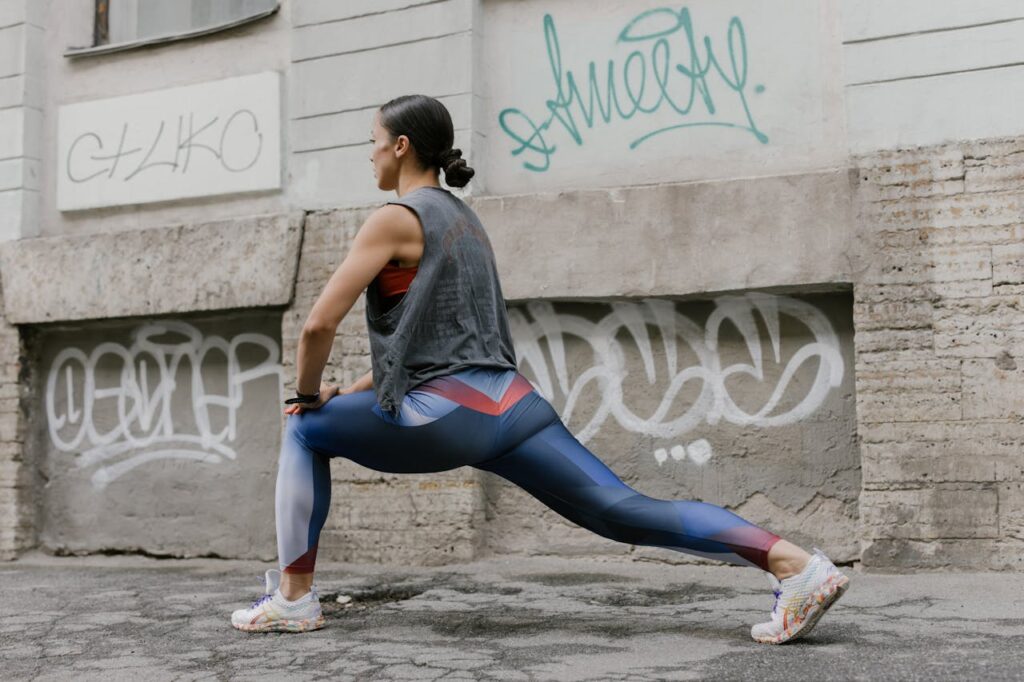
These alternatives do not promise to erase every line, but they offer something deeper. They invite us to see aging not as a battle but as a partnership with our bodies. The choices we make each day become the real sculptors of how time appears on our faces and how it feels in our lives.
Wrinkles Are Not the Enemy
The question is not whether we choose Botox or walk away from it. The question is whether we see aging as a thief or as a teacher. Science may pause a muscle or soften a line, but it cannot create meaning. That meaning belongs to us alone.
Cameron Diaz’s story shows that beauty is not about erasing the years but honoring the life they represent. Research shows that how we think about aging can shape not only our health but the length and depth of our lives. And our daily choices in how we eat, move, rest, and care for ourselves remind us that aging well is an act of intention.
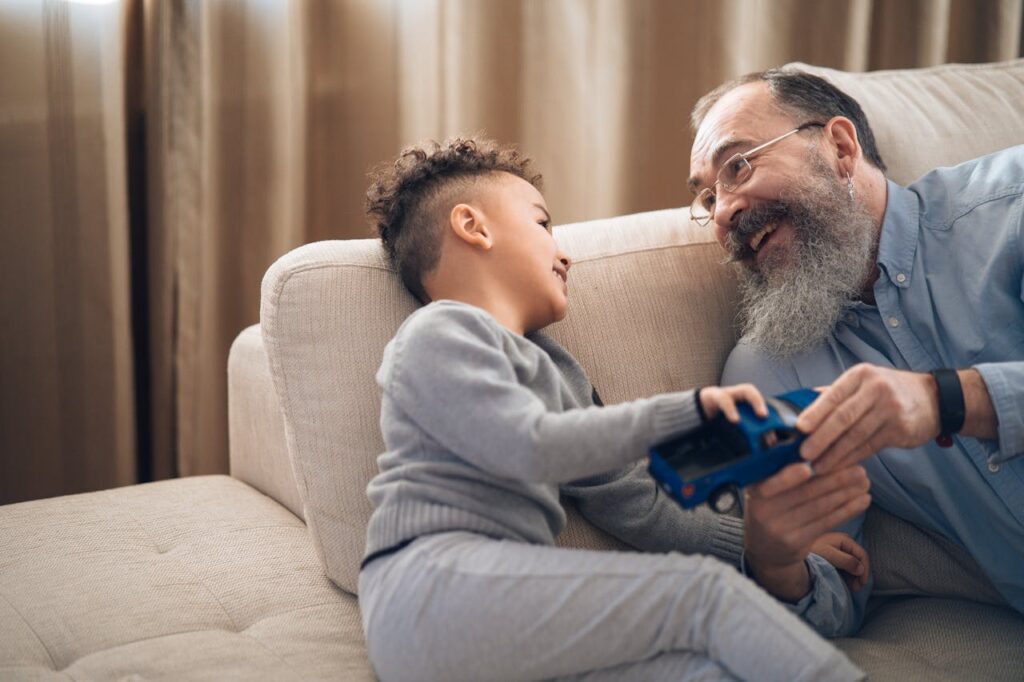
A wrinkle is not something to fear. It is a signature of time, a record that we have laughed, struggled, grown, and survived. To embrace aging is to embrace life itself.
Loading...

